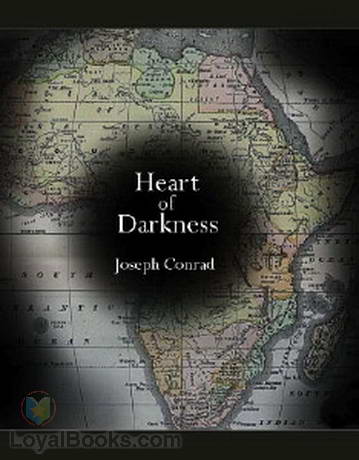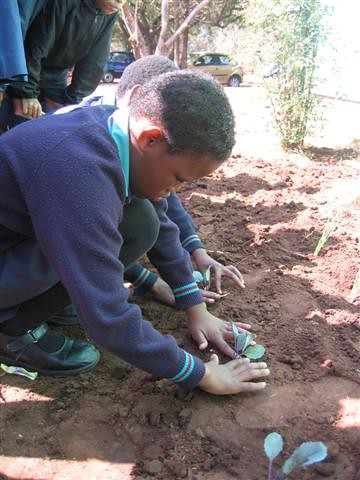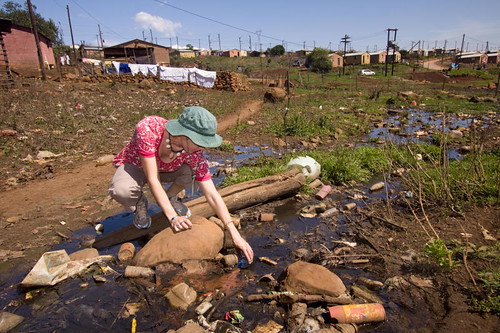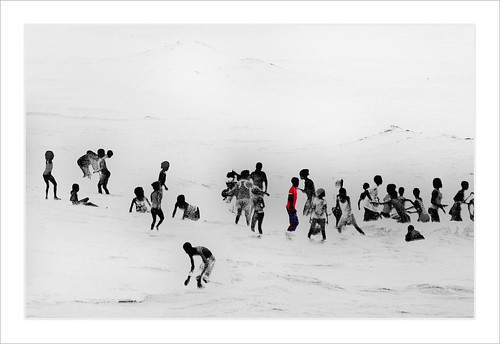Then there's the actual crossing of the road. In East London, you can't just walk up to a crosswalk, watch the cars slow and stop for you, then take your time walking calmly across. It doesn't take long living there to realize that the pedestrian right-of-way does not apply. Cars will not stop for you, under any circumstances. If you're in a parking lot and walk in the way of a car, it will not stop and let you pass. It won't even slow down to give you a chance to get out of the way; instead, it will most likely speed up, honk, and you'd better be out of the way before it hits you. If you're on one side of the street and decide you want to be on the other side, you have to wait until there's a gap in the traffic in the lane nearest to you, rush across, and w
 ait on the line in the middle of the road until there's a gap in the next lane. I spent a lot of time worrying about my toes, standing in such close proximity to so many speeding tires. If you're at an actual crosswalk, and the cross traffic has a red light, you have to make sure you're entirely across before the light turns green, because they will go whether or not you're in the middle of the lane. And you always have to be watching in every direction, to make sure no cars are about to turn into you as you cross. It makes crossing the street a challenge, often a terrifying one, but it certainly keeps things interesting.
ait on the line in the middle of the road until there's a gap in the next lane. I spent a lot of time worrying about my toes, standing in such close proximity to so many speeding tires. If you're at an actual crosswalk, and the cross traffic has a red light, you have to make sure you're entirely across before the light turns green, because they will go whether or not you're in the middle of the lane. And you always have to be watching in every direction, to make sure no cars are about to turn into you as you cross. It makes crossing the street a challenge, often a terrifying one, but it certainly keeps things interesting.In King City, California, cars will always stop. They stop for me before I even reach the crosswalk, and just wait. They don't creep forward or honk, or suddenly hit the gas when I'm right in front of them. They just wait. I honestly don't know what to do with them. Every time I cross the street, after having my mental debate about which direction the cars are going, I keep watching the traffic, waiting for someone to make a move in my direction, ready to jump out of the way at any second. But they never do, and I never have to. You'd think it would be a relief, but instead I just get that eerie feeling when things are just TOO easy or TOO quiet, like all the cars are plotting something. It's really quite unsettling.


















